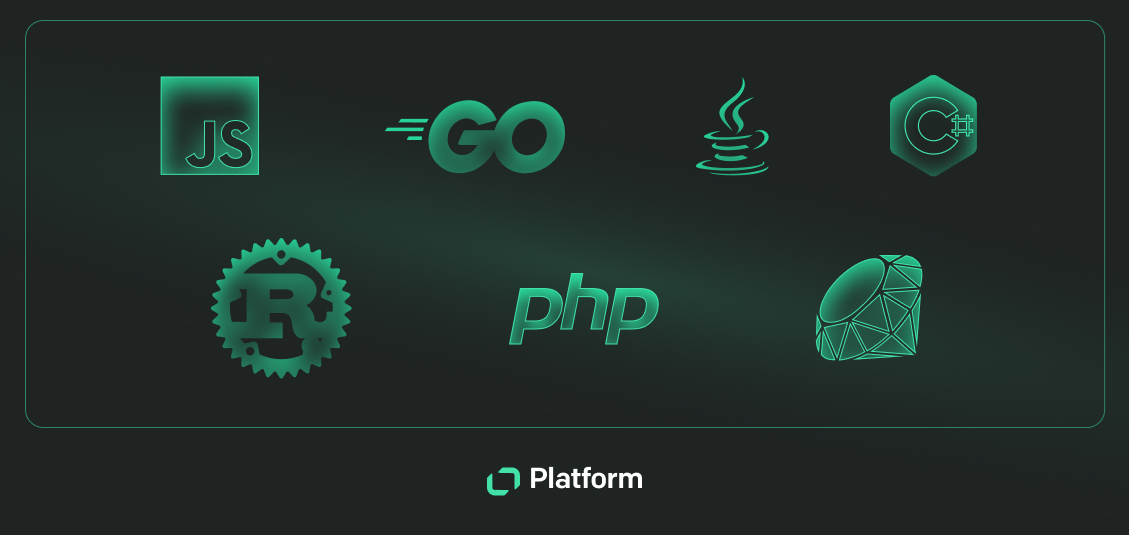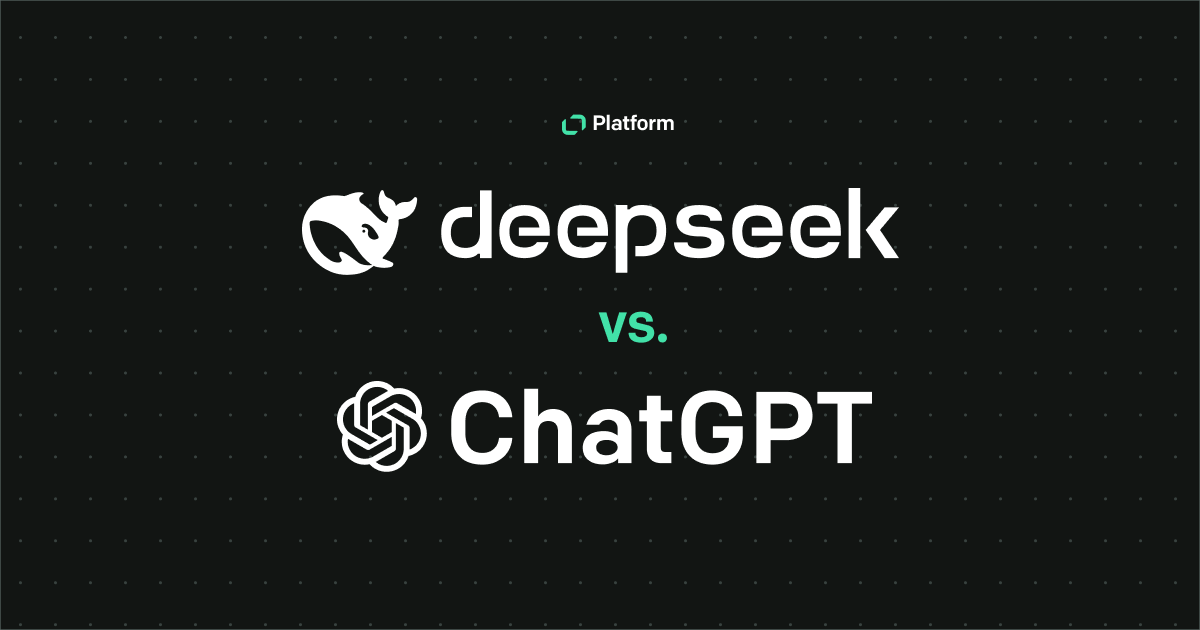All new programmers should be able to answer the following question: "What is Syntax?" Now, don't worry. Understanding syntax doesn't mean you suddenly need to major in English literature. However, the concept does relate directly to grammar, sentence structure, and word order in human languages.
After all, a programming language is just another human language. Understanding syntax is vital for programmers to communicate effectively and ensure that their code is clear and functions as intended.
In this article, we're going to describe what is syntax, how it relates to programming languages, and how you can use the concept to become a better programmer.
What is syntax and why is it important?

To understand syntax in programming languages, let’s define syntax in its original meaning.
Syntax definition: The word “syntax” refers to the grammar rules in a particular language that define the specific order the words in that language must follow. Syntax is the foundation of sentence structures in a language. If you don’t know a language’s syntax, then the sentences or phrases you create in that language won’t make sense.
The same is true in a programming language.
The best way to understand syntax in a programming language is to look at a few syntax examples in everyday human language. Let’s consider the following sentences:
Sentence 1: The cat is in the house.
Sentence 2: Is the cat in the house?
In the English language, changing the position of a single word completely alters the meaning in the example above. The different structure used in Sentence 2 above turns that sentence into a question. English grammar requires a question mark at the end of a sentence, according to its syntax rules. In Spanish syntax, you must put an inverted question mark at the start of a question, and the more typical question mark at the end.
Other grammar rules exist in English, such as where adjectives and verbs go in a sentence, what the subject and object are, etc. In addition to these rules, understanding dependent clauses, which require a subject and verb, is essential for mastering sentence structure. The direct object, which follows a transitive verb, is another crucial element in understanding sentence structure. An independent clause, which can stand alone as a sentence, is fundamental in forming complex sentence structures.
Sentence structure and syntax
Sentence structure and syntax are closely intertwined concepts in linguistics. Sentence structure refers to arranging words and phrases to form a coherent sentence, while syntax refers to the rules governing this arrangement.
In English, the typical sentence structure follows a subject-verb-object (SVO) word order. For example, in the sentence “The cat chased the mouse,” “The cat” is the subject, “chased” is the verb, and “the mouse” is the object. However, variations and exceptions exist. Imperative sentences, for instance, often imply the subject rather than stating it explicitly, as in “Close the door.”
Syntax plays a pivotal role in determining the meaning of a sentence. A simple change in word order or adding a word can significantly alter the sentence’s meaning. Consider the difference between “The dog bit the man” and “The man bit the dog.” The syntax rules ensure the intended meaning is accurately conveyed, avoiding ambiguity and confusion.
Syntax versus semantics
In linguistics (the study of languages), semantics refers to the meaning of sentences, while syntax refers to their structure.
For example, in the two sentences above, the semantics of the second sentence are that it’s asking a question. To achieve that meaning, we followed the precise syntax rules required to form a question — such as placing the verb at the start of the sentence and a question mark at the end.
Understanding the role of a single independent clause helps in grasping the fundamental principles of syntax and sentence construction.
We could change the semantics of the sentence by changing a few words, but the syntax must be the same if we still want to keep it a question. For example, check out the multiple sentences below:
Sentence 1: Is the cat in the house?
Sentence 2: Is the dog in the house?
Sentence 3: Was the mouse in the car?
Syntax in a particular programming language
In human languages, syntax is essential for communication and understanding. In programming languages, syntax is even more important because a program that doesn’t follow the right syntax won’t run at all, or it’ll lead to errors.
Let’s translate the above sentences into code examples:
“The cat is in the house” can be translated as an assignment clause. We are stating that the cat is in the house, not asking a question. In programming, we could represent this through the following code:

In the above code, we define a cat variable and then insert it in a house variable, which is an array. Various syntax rules apply in the example, such as where the equals sign goes, the use of quotation marks and square brackets, and so on.
Each programming language has its own syntax rules, just as human languages do.
Now let’s look at Sentence 2 as if it were written in code:

To ask a question in Python, we check if the cat variable is inside the house array. If it is, Python will return True. If not, it’ll return False.
In programming, combining two independent clauses can be likened to creating compound statements that enhance the complexity and functionality of the code.
Programming language syntax and learning curve
The syntax of a programming language can play a significant role in its learning curve. One reason MIT started using Python in its introductory programming course was its extremely simple syntax.
Let's look at a few examples of syntax differences between programming languages:
Python
# Statement: Putting "cat" in "house"
cat = "cat"
# Create a house array and place cat inside it.
house = ["couch", "TV", cat]
# Question: Asking if "cat" is in "house"
is_cat_in_house = cat in house
# Displaying the results to the user
print(f"Is the cat in the house? {is_cat_in_house}")
Java
import java.util.ArrayList;
public class Main {
public static void main(String[] args) {
String cat = "cat";
ArrayList<String> house = new ArrayList<>();
house.add("couch");
house.add("TV");
house.add(cat);
boolean isCatInHouse = house.contains(cat);
System.out.println("Is the cat in the house? " + isCatInHouse);
}
}
Although the semantics of both these code snippets are the same, the syntax is wildly different. For example, in Java, every statement must end with a semi-colon. When declaring a variable, you must state the variable's data type, which in this case is a string.
Other syntactical rules make the Java code far more complex. However, you must follow those rules for the language you're writing code in or else your code won't run.
VB .Net
Imports System
Module Program
Sub Main()
' Statement: Putting "cat" in "house"
Dim cat As String = "cat"
' Create a house array and place cat inside it.
Dim house As String() = {"couch", "TV", cat}
' Question: Asking if "cat" is in "house"
Dim is_cat_in_house As Boolean = house.Contains(cat)
' Displaying the results to the user
Console.WriteLine($"Is the cat in the house? {is_cat_in_house}")
End Sub
End Module
Visual Basic .Net's syntax requires that you use the word "Dim" when declaring variables. However, you don't need to place a semi-colon at the end of each line.
Commonalities in syntax rules between programming languages

Similar to how some human languages have a common ancestor, such as Latin for Italian and Portuguese, several programming languages trace their roots back to C. We call these languages the C-family of languages, and they all include syntax that's extremely similar to C, such as the semi-colon at the end of a command and curly braces to define code blocks.
These languages include:
- Java
- C#
- JavaScript
- Go
- PHP
- Ruby
- Rust
- And many, many more!
Although learning C-style syntax typically feels unintuitive for beginners, it pays off later because anyone programming in a C-family language finds it easier to learn other C-family languages.
Is the syntax of one programming language better than another?
Syntax in programming has no relation to the language's performance or usability. All code is translated into machine code to run on specific computers. It doesn't matter what language you wrote the code in, the final result is the same. Compiled languages convert the code into a binary form at compile time, before deploying to an end user's computer. Interpreted languages compile into a binary form — or an intermediary form — during runtime.
In both cases, the language's syntax has no impact on the binary code.
Syntax is a design-time consideration.
Use Workflows to create software without worrying about syntax

Normally, you must learn a programming language's syntax before you can start developing apps. That process can be slow and frustrating.
That's why working with no-code platforms such as Workflows is a great way to get started with technology. Programming concepts span far more than syntax, and using a no-code platform allows you to explore those programming concepts easily and see them working without getting tangled in the weeds.
To get started with Workflows, open your free account here today.


